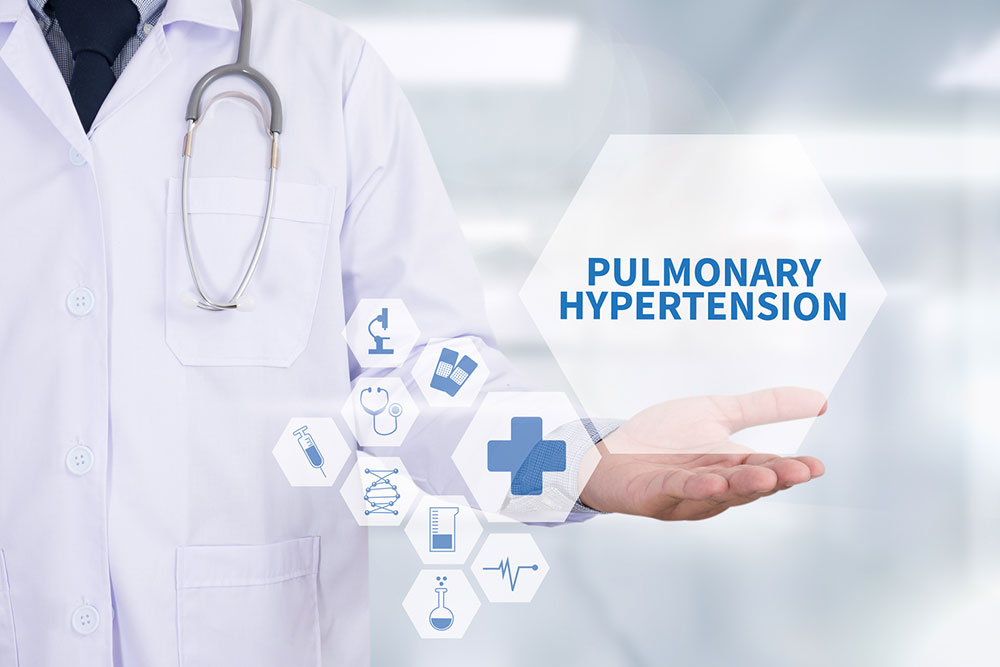
4 things to know about pulmonary hypertension
Pulmonary hypertension is a progressive and life-threatening condition. However, there are treatments that can help in managing the symptoms so that one can continue to live better despite the disease. PAH or pulmonary arterial hypertension is not the same as regular blood pressure. It causes high blood pressure in the arteries from the heart to the lungs. The arteries in the lungs become narrower, and there might be blockage as well. It becomes difficult for the blood to flow through these arteries. This raises the blood pressure in the lungs. The heart has to work more to pump blood through the narrow arteries. Over time, the muscles of the heart become weak. This may eventually lead to heart failure.
Read on to know more pulmonary hypertension.
Causes
Pulmonary hypertension causes changes in the cells that are found along the pulmonary arteries. This leads to a change in blood pressure. The changes make the artery walls thick and stiff. There can be formation of extra tissues as well. It may also cause the blood vessels to become tight and inflamed. This will reduce or block the flow of blood through the blood vessels. It becomes difficult for the blood to flow, leading to high blood pressure.
Risk factors
The risk of developing pulmonary hypertension increases with certain factors. Some of the known risk factors include a family history of the disease, obesity, and substance abuse. The use of appetite-suppressant medications can also lead to pulmonary hypertension. People who live at a high altitude and have a family history of the disease have a high probability of being diagnosed with pulmonary hypertension.
Symptoms
In most cases, there are no early signs and symptoms of pulmonary hypertension. The symptoms are barely noticeable in the early stages. However, the symptoms become worse as the disease progresses and reaches an advanced stage. Some of the common symptoms include shortness of breath, fatigue, fainting spells, dizziness, chest pain, pressure on the chest, swelling in the legs and ankles, and swollen abdomen. Moreover, a person may have a bluish tint to their skin and lips. Heart palpitations and racing pulse are also common.
Complications
- Blood clotting : Blood clots help stop bleeding after an injury. However, in some cases, clots may form even when not required. Clots that form in the blood veins can be quite fatal. If these clots dislodge from the veins and travel to the lungs, it may lead to pulmonary hypertension. This type of hypertension is reversible with timely treatment.
- Right-side heart enlargement : Also known as cor pulmonale, the right ventricle of the heart becomes enlarged in this condition. It becomes harder for the heart to pump blood through the blocked or narrow pulmonary arteries. In the initial stage, the heart’s walls become thick and the chamber of the right ventricle expands. This helps increase the amount of blood that is held in the right ventricle. However, this is just a temporary solution, which may lead to failure of the heart if not caught early.
- Bleeding : This is one of the most fatal complications of pulmonary hypertension. There is bleeding in the lungs, and a person may even cough up blood. This condition is called hemoptysis.
- Arrhythmia : This is one of the common complications of pulmonary hypertension. The heartbeats from the upper or lower chambers of the heart become irregular. This causes fainting, palpitations, or dizziness.




